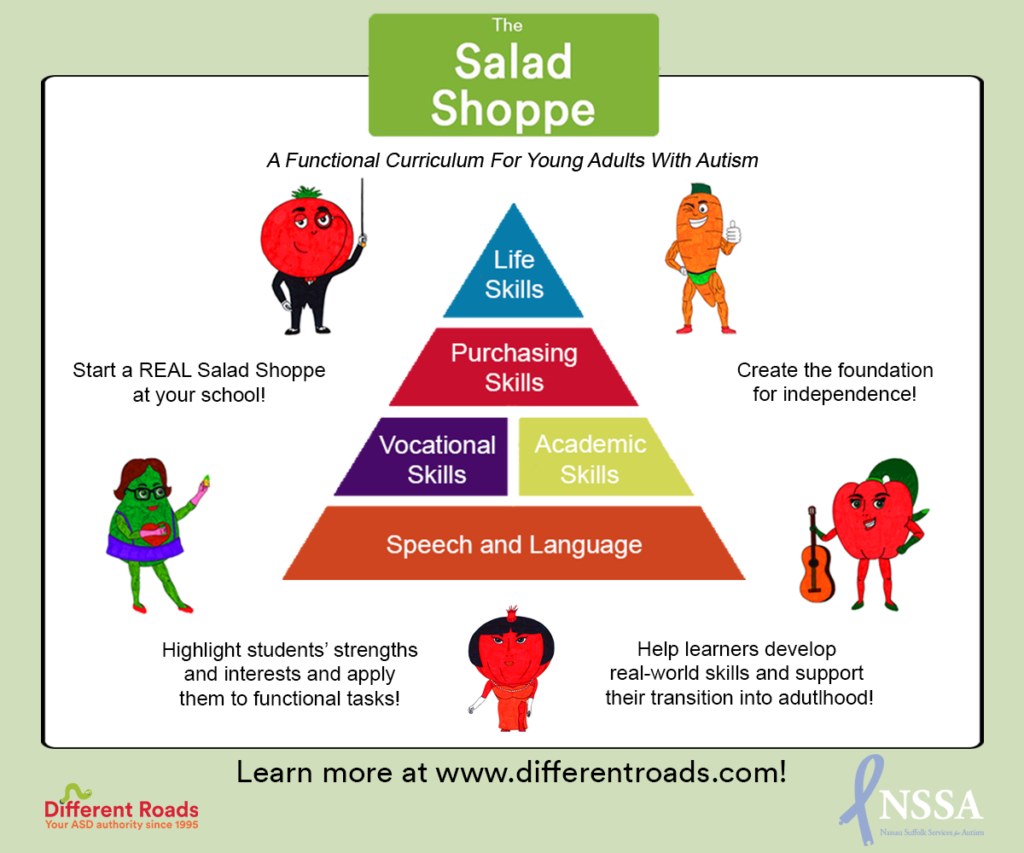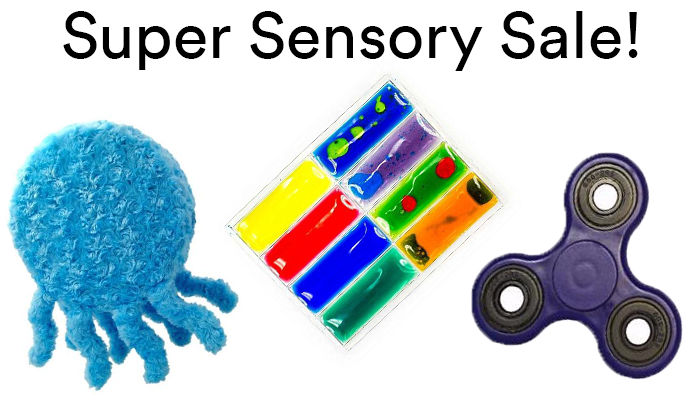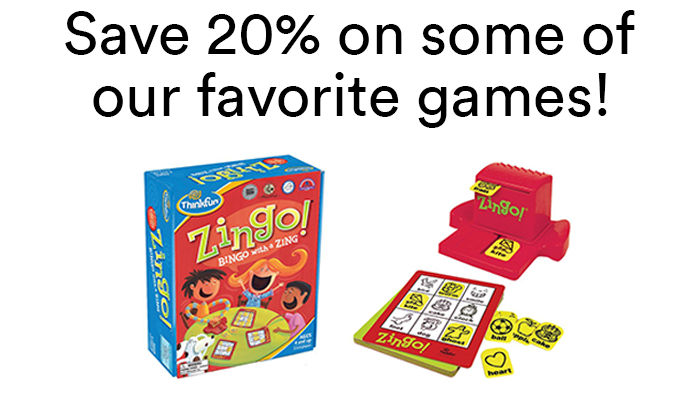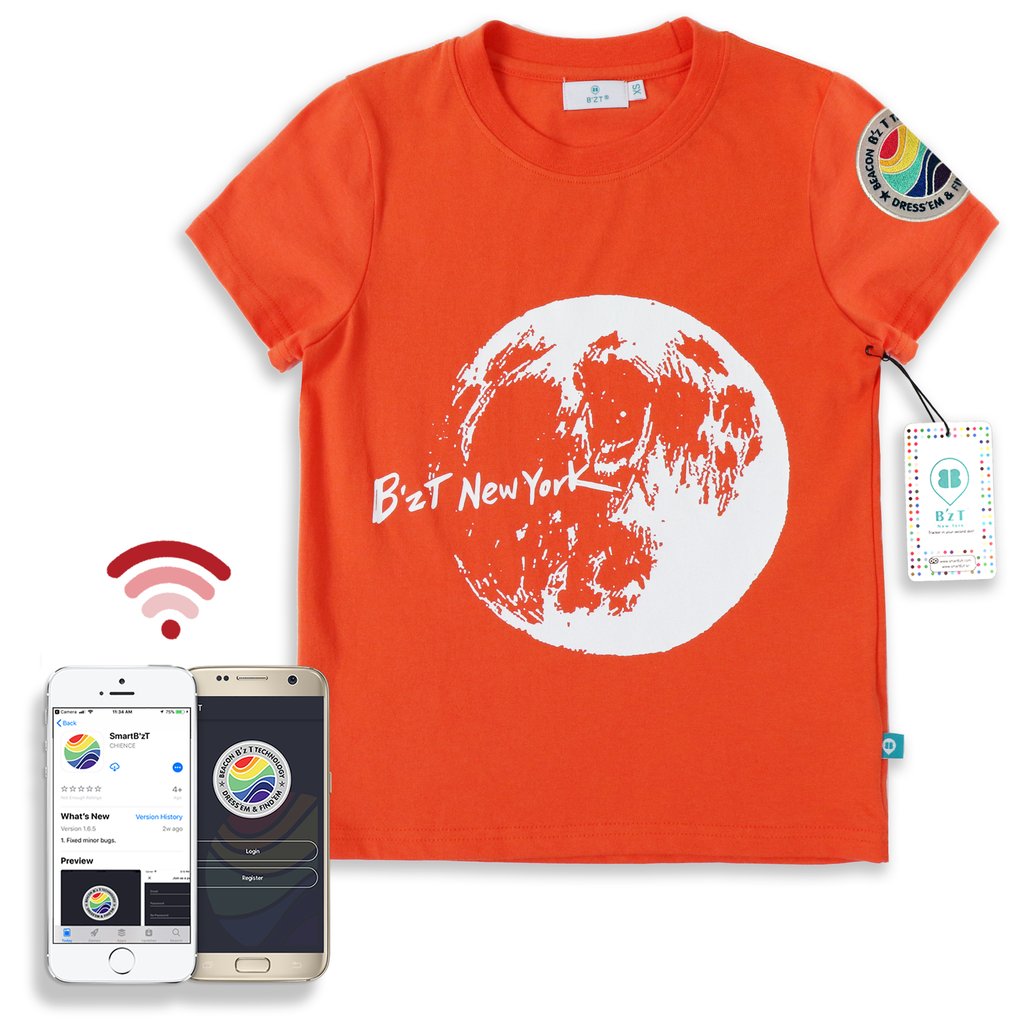
Category Archives: Pick of the Week
Pick of the Week: Timers!
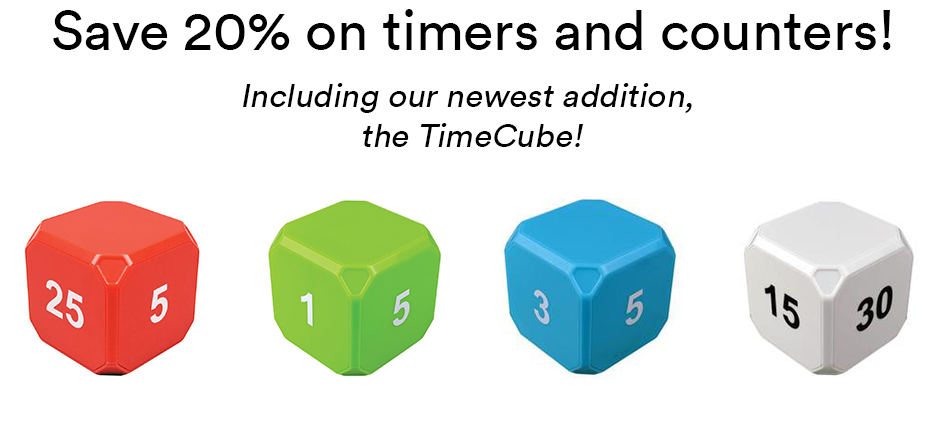
Promotion is valid through March 4th, 2019 at 11:59pm EST. Offer cannot be applied to previous purchases, combined with any other offers, transferred, refunded, or redeemed and/or exchanged for cash or credit. Different Roads to Learning reserves the right to change or cancel this promotion at any time.
The Salad Shoppe: Changing the Landscape of Vocational Training
Unemployment rates in the autism community are alarming, but the number of individuals entering the workforce only continues to grow. This presents an overwhelming challenge for special educators tasked with preparing learners for what is often an uncertain future. Vocational training is essential as learners with autism approach the transition to adulthood. With this in mind, Nassau Suffolk Services for Autism (NSSA) introduced The Salad Shoppe in the fall of 2017.
The curriculum was developed by Kathryn Reres and Rebecca Chi, devoted special educators determined to ensure dignified and purposeful futures for the eight young adult students in their classroom. The focus was to create a program that would provide functional tasks for each learner based on their individual skills, interests and IEP goals. The result was an innovative vocational training curriculum that highlights the strengths of each participant, introduces new skills into their everyday lives and serves as a profitable social enterprise.
The Salad Shoppe model requires multiple steps to be taken over the course of two days, including: Tracking and counting money, taking inventory, creating shopping lists, purchasing, food preparation, converting a customer’s order form to food assembly, delivery and clean up. This comprehensive list ensures that every learner has the opportunity to perform a task that is meaningful and functional to them. (The staff at NSSA are reaping the benefits too! Fresh, healthy, personally-delivered lunches each week have been a huge hit.)
In partnership with Different Roads to Learning, the creative teachers who designed The Salad Shoppe for NSSA are sharing their expertise with special educators everywhere. The published curriculum will allow teachers to implement The Salad Shoppe in a way that will best function for the learners they serve. Now more than ever, there is a crucial need to provide young adults with autism with the tools they will need to take on the competitive workforce. The Salad Shoppe is a cutting-edge curriculum that has opened new doors for educators, learners and parents and will continue to change the landscape of vocational training.
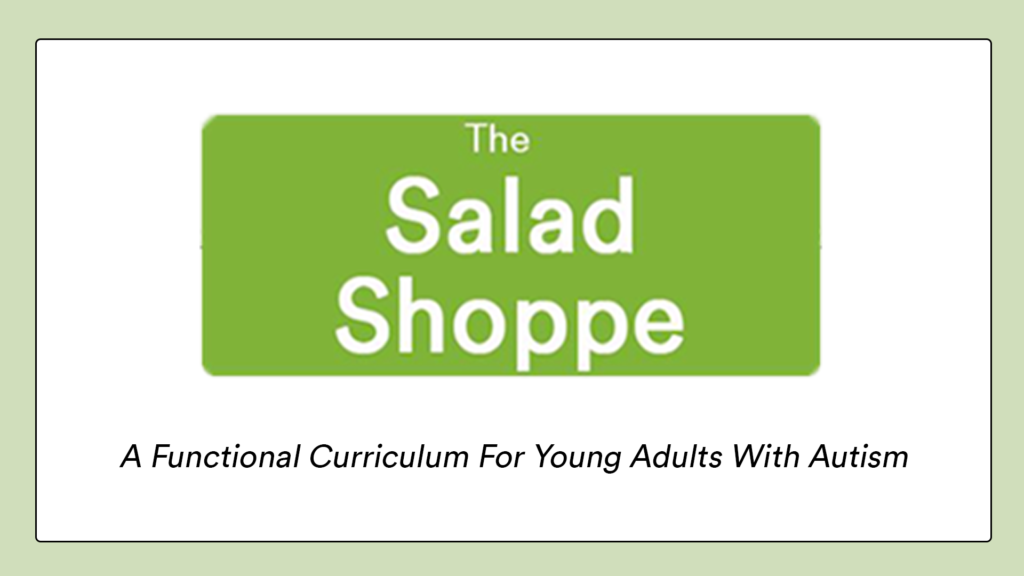
Pick of the Week: The Salad Shoppe!
Introducing The Salad Shoppe!
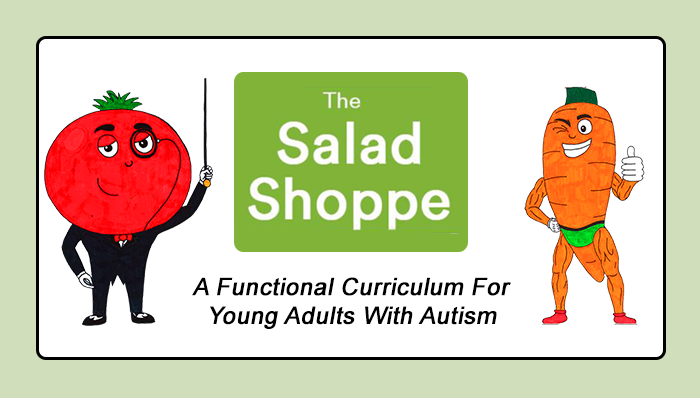
The Salad Shoppe curriculum was developed by dedicated special educators who aspire to change the face of vocational training. Working with a group of 8 young adults with varying abilities, these teachers were charged with teaching academics and supporting their transition into adulthood.
This curriculum has changed the landscape of job training by highlighting the strengths and interests of each learner and applying them to functional tasks. The Salad Shoppe curriculum is a tool to take traditional teaching methods out of the classroom and integrate them into a comprehensive and functional setting.
Check out The Self & Match System!
Super Sensory Sale!
Pick of the Week: Games!
Common Mistakes In Implementing Reinforcement
Over the years, I’ve seen several behavior intervention plans written and implemented. Typically, these plans include reinforcement for the desirable behavior, but I see the same mistakes crop up again and again. Here are a few common mistakes in implementing reinforcement to look out for:
Fail to identify individual reinforcers. Hands down, the most common error I see is identifying specific activities or items as reinforcing. For instance, many people love gummy bears, but they make me want to puke. Presenting me with a gummy bear would not increase my future likelihood of engaging in the appropriate behavior! You must account for individual differences and conduct a preference assessment of your learner, then make a plan based on his or her preferences.
Fade reinforcement too quickly. Let’s say you’re working with a child named Harold who draws on the walls with crayon. You implement a reinforcement plan in which he earns praise and attention from his parent each time he draws on paper. The first few days it’s implemented, Harold’s rate of drawing on the wall greatly decreases. Everyone claims that his behavior is “fixed” and suddenly the plan for reinforcement is removed… and Harold begins drawing on the wall once more. I see this sort of pattern frequently (and have even caught myself doing it from time to time). After all, it can be easy to forget to reinforce positive behavior. To address this issue, make a clear plan for fading reinforcement, and use tools such as the MotivAider to help remind you to provide reinforcement for appropriate behavior.
Inconsistent with reinforcement plan. Harriet is writing consistently in a notebook, to the detriment of her interactions with peers. Her teachers implement a DRO, deciding to provide reinforcement for behavior other than the writing. However, the teachers didn’t notify all the adults working with her of the new plan, so Harriet’s behavior persists in certain environments, such as at recess, allowing her to miss multiple opportunities for more appropriate social interaction. To address this issue, make a clear outline of the environments in which the behavior is occurring and what adults are working in those environments. Ensure that all of the adults on that list are fully aware of the plan and kept abreast of any changes.
Don’t reinforce quickly enough. This one can be quite challenging, depending on the behavior and the environment. Let’s saying you’re working with a boy named Huck who curses often. You and your team devise a plan to reinforce appropriate language. You decide to offer him tokens that add up to free time at the end of the school day. However, sometimes as you are handing him a token for appropriate language, he curses again right before the token lands in his hand. Though it was unintentional, the cursing was actually reinforced here. Remember that reinforcement should be delivered as close to the desired behavior as possible. To address this issue, consider your environment and materials and make a plan to increase the speed of delivery.
Fail to make a plan to transfer to natural reinforcers. Ultimately, you don’t want any of these behaviors to change based solely on contrived reinforcement. Making a plan for reinforcement of appropriate behavior is essential, but your ultimate goal is to have the behavior be maintained by naturally occurring reinforcement. To address this issue, the first thing you need to do is identify what that naturally occurring reinforcement might be. For Harold, it might be having his artwork put up in a special place or sharing it with a show and tell. For Harriet it might be the interactions she has with peers on the playground. Once you have identified those reinforcers, you can create a plan for ensuring that the learner contacts those reinforcers over time. This might include pairing the naturally occurring reinforcers with the contrived reinforcers, then fading out the latter.
Ultimately, it’s important to remember that reinforcement is not as simple as it seems. Taking the time to plan on the front end will help with long-term outcomes.
WRITTEN BY SAM BLANCO, PhD, LBA, BCBA
Sam is an ABA provider for students ages 3-15 in NYC. Working in education for twelve years with students with Autism Spectrum Disorders and other developmental delays, Sam utilizes strategies for achieving a multitude of academic, behavior, and social goals. She is also an assistant professor in the ABA program at The Sage Colleges.

